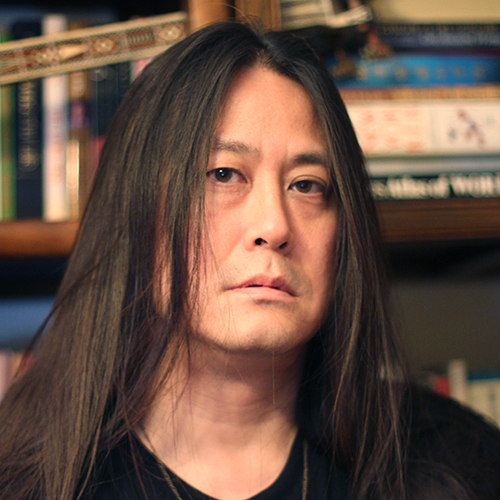What’s in a Chinese name?

This week’s Kuora comes from one of Kaiser’s answers originally posted to Quora on January 1, 2011.
How do Chinese names work? That is to say the structure and etymological background of Chinese names.
In Chinese, names consist usually of two, three, or occasionally four monosyllabic characters.
Surnames, or xìng (姓), generally come first and in most cases consist of one character. The most common one-character surnames are Li, Zhang, Chen, Wang, and Liu (as written in the romanization system used in mainland China and Singapore, ping). There are a handful of two-character surnames, but they are rarely encountered. The most common of those are Ouyang and Sima; prior to the Song Dynasty (c. 960-1279) they were more common, but fell out of fashion and were often simplified to one-character names (frequently Hú 胡, which means something close to “Barbarian,”) to denote their often non-Han origins.
The xìng is followed by a one-, two-, or in some cases three-character míng (名), or given name. One-character míng are far more common in mainland China than in other parts of the Chinese-speaking world. Because of the huge number of people with the same name (names like Zhang Hong, or my wife’s name Zhang Fan — so common that I personally know four people by that name), two-character míng are now encouraged.
In the case of two-character names, one character — most often the first character in the name —can often be a generational name, given to all of a man’s children, or the children of his brothers. This is the case in my own family, where all my siblings as well as first cousins on my father’s side who share my surname all have as a generational name the character 怡 (yí). Thus my Chinese name is 郭怡广 (Guō Yíguǎng), my brothers are Guō Yídá (郭怡达) and Guō Yíchāng (郭怡昌), and my sister is Guō Yízhēn (郭怡珍), sharing the same surname and generational name and only having different final characters (达,昌,珍). In standard pinyin, the given name, if two characters, is written with the first letter of the first syllable capitalized, no space, and the rest small letters. Thus, correctly in pinyin, we have Mao Zedong, Zhou Enlai, Deng Xiaoping, Hu Jintao, Wen Jiabao, and so on.
For people with two-character given names, referring to them by their given name is the norm if there’s a level of familiarity. People with two-character names (for example, my former bandmates Yang Meng and Diao Lei) get called by their full names normally, and not just by the one-syllable given name. Nicknames based on one-syllable given names are often formed by doubling the name, so my late bandmate, the bassist Zhang Ju, sometimes went by Juju. People are also often referred to by surname with the either the character 老 (lǎo, literally “old”) or 小 (xiǎo, meaning young or small) appended to the front. Thus I’m sometimes called Lao Guo (“Old Kuo” — my surname in English is written in a different romanization system called Wade-Giles, which predates pinyin and is still used in Taiwan and was used on the mainland prior to the 1950s).
Because the number of surnames is actually sometimes shockingly small, in recent years people have begun forming new surnames based often on the surnames of both their parents, then taking two-syllable given names. And during the Cultural Revolution, it was not uncommon to give some of one’s children the surname of their mother. Thus Zhang Ju, the bassist named above, had a sister with his mother’s surname, Ma (Ma Honglian).
Finally, to add to the confusion, many Chinese who emigrate will reverse the order of their name, making it sometimes difficult (especially in the case of two-character names) to know which is the surname and which the given name. The Brookings Institute political scientist Cheng Li (or is it Li Cheng?) is a case in point, especially because both Cheng and Li can be surnames.
And of course Chinese abroad often use English names, as I do.
Kuora is a weekly column.






